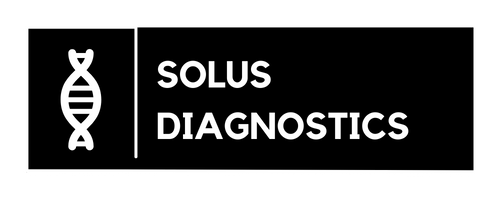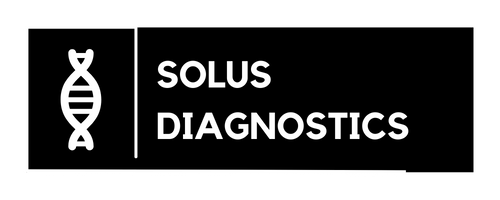TECHNOLOGY
Online diagnosis is a rapidly evolving field that utilizes technology to provide medical assessment and diagnosis remotely. With the rise of telemedicine and advancements in artificial intelligence, online diagnosis is becoming increasingly accessible and accurate.
Technology being used for online diagnosis is remote monitoring devices. These devices can collect and transmit data on a patient’s vital signs, such as blood pressure, heart rate, and oxygen levels, to healthcare professionals for analysis. This allows for early detection of potential health issues and can enable medical intervention before a condition worsens.
Artificial intelligence is also being used to improve online diagnosis. Machine learning algorithms can analyze vast amounts of patient data to identify patterns and predict potential diagnoses. This technology can be particularly useful for rare or complex conditions that may be difficult to diagnose using traditional methods.

Data Collection
The first step is collecting the necessary data, which may include a person's medical history, symptoms, and any other relevant information. This can be done through an online questionnaire or by integrating with electronic health records.
Data Analysis
Once the data is collected, the AI algorithm analyzes the information to identify potential diagnoses or recommend further evaluation.
Diagnosis
Based on the analysis, the AI system provides a diagnosis or recommendations for further medical evaluation. These recommendations may include additional tests, specialist consultation or even emergency care.
Feedback Loop
The system can be designed to receive feedback from users and healthcare professionals, which can be used to improve the accuracy of the diagnoses and recommendations over time.
Automation
AI-powered diagnosis tools have the potential to improve access to medical care and assist healthcare professionals in providing more accurate and personalized care.
Integration with Healthcare Professionals
The AI-powered diagnosis process can be integrated with healthcare professionals to provide additional support and guidance. For example, the system can notify a healthcare provider of a potential diagnosis and recommend appropriate treatment options.
Accessibility
The online diagnosis AI-powered process can improve accessibility to medical care, especially in rural or remote areas where medical professionals are scarce.
Cost-effective
The use of AI-powered diagnosis tools can potentially reduce healthcare costs by providing early detection and intervention, avoiding unnecessary tests and procedures, and reducing hospitalization rates.
Improvement over time
As the AI algorithm receives more data and feedback, it can continuously improve its accuracy and reliability, leading to more accurate diagnoses and better patient outcomes.
Artificial Intelligence (AI) Integration: We are currently integrating AI into our platform to improve the accuracy and efficiency of our diagnoses. AI will help us analyze large amounts of data and identify patterns that may be missed by human experts.
Expanded Diagnostic Capabilities: We are constantly expanding our diagnostic capabilities to cover a wider range of conditions. This includes rare and complex conditions that may be difficult to diagnose.
User Experience Improvements: We are always looking for ways to improve the user experience of our platform. We are currently working on several enhancements to make it even easier and more convenient for our users to access our services.
Mobile App: We are developing a mobile app that will allow users to access our platform on the go. This will make it even more convenient for users to get the care they need, when they need it.
Wearable Technology Integration: We are also exploring the integration of wearable technology into our platform. This would allow users to monitor their health in real-time and provide valuable data to help improve their diagnoses and treatment plans

